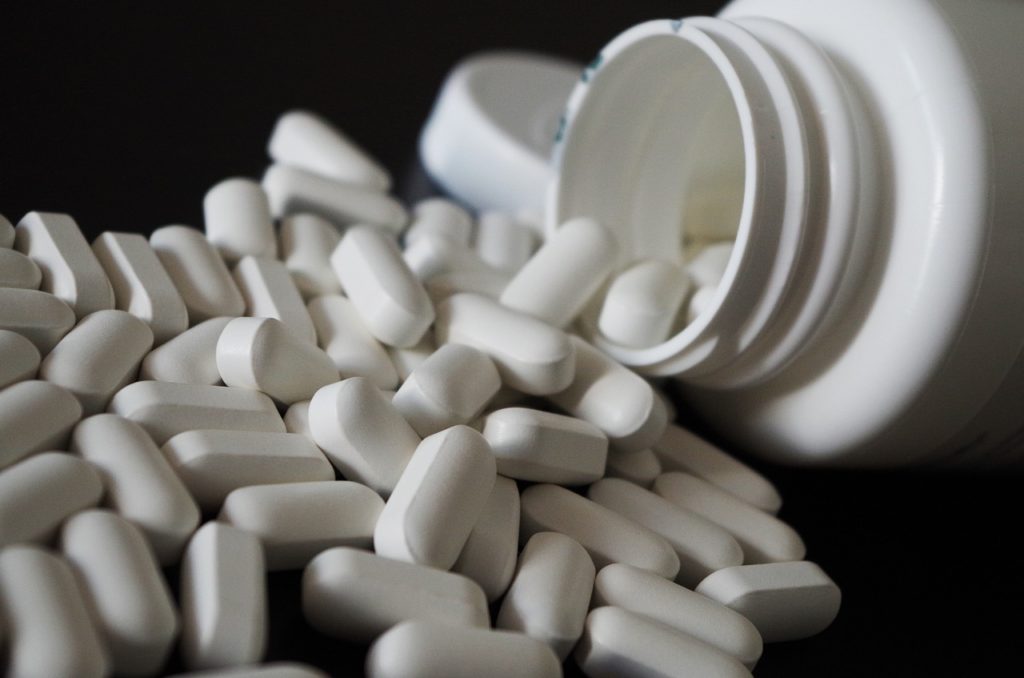Florida Gov. Ron DeSantis (R) has signed into law legislation that exempts hospices from a requirement that providers offer alternatives to opioids for anesthesia and pain management.
The new law, H.B. 743, removes hospices and critical care units from a list of types of health care providers to which the opioid substitution rule applies. The Florida state legislature last year passed a law mandating that health care providers offer patients non-opioid pain management medications.
“Due to the typically short stay in hospice for end of life patients, the risk of developing drug addiction is very low, and let’s face it, not very important at that point,” Florida Rep. Scott Plakon, the primary sponsor of the 2019 law. said in a legislative session.
Pain management is a cornerstone of hospice care and can have a substantial impact on patient and family satisfaction. A 2014 study found patients and families view pain and symptom management as their top priority related to quality of hospice care. With consumers and referral organizations paying increased attention to publicly reported quality data, dissatisfaction with pain treatment can hurt an organization’s bottom line.
Seniors represent more than 20% of Florida’s population of 21.4 million, according to the U.S. Census Bureau. Hospice utilization runs high in Florida. The state is third in the nation with 57.9% of Medicare decedents electing hospice in 2018, the National Hospice & Palliative Care Organization (NHPCO). Utah leads the nation in utilization at 59.4%.
Obtaining necessary pain medications for terminally ill patients is becoming more complicated for hospice and palliative care providers. The advocacy group Healthcare Professionals for Patients in Pain (HP3) raised the alarm last year on potential misapplication of opioid prescription guidelines throughout the health care continuum in an open letter to policymakers.
“Within a year of Guideline publication, there was evidence of widespread misapplication of some of the Guideline recommendations. Notably, many doctors and regulators incorrectly believed that the CDC established a threshold of 90 MME as a de facto daily dose limit. Soon, clinicians prescribing higher doses, pharmacists dispensing them, and patients taking them came under suspicion,” the letter said. “Actions that followed included payer-imposed payment barriers, pharmacy chain demands for the medical chart, or explicit taper plans as a precondition for filling prescriptions, high-stakes metrics imposed by quality agencies, and legal or professional risks for physicians, often based on invocation of the CDC’s authority.”



